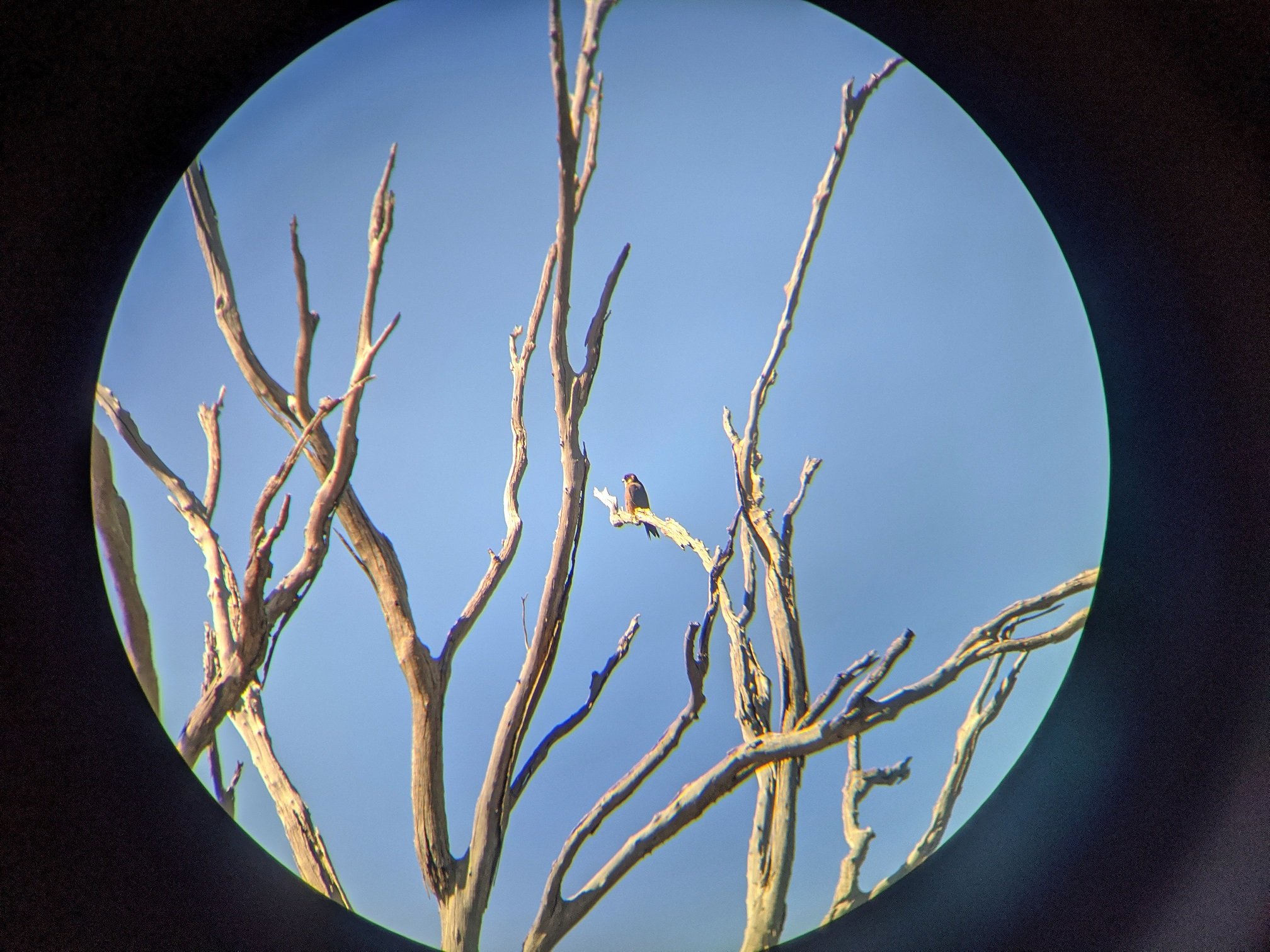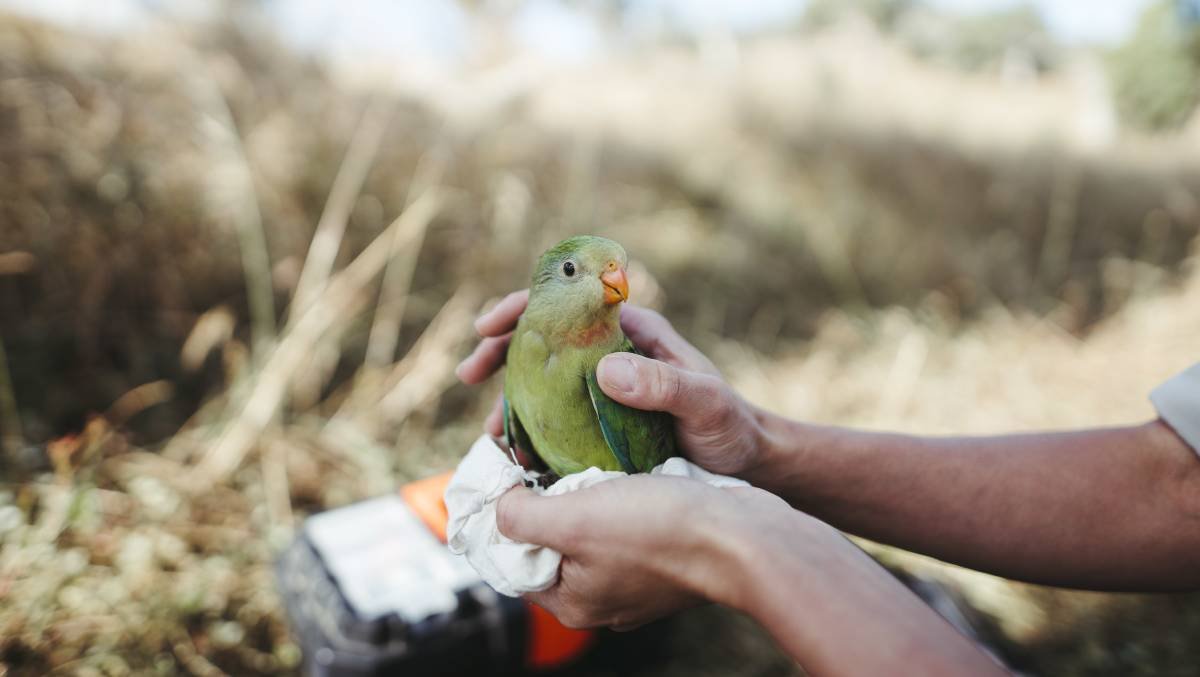
Bird diversity
Bird surveys
Twitchers in Canberra will probably be familiar with the wealth of citizen science projects and opportunities the territory has to offer. There’s the Canberra Ornithologist’s Group’s annual Bird Blitz held each October, the Garden Bird Survey, and eBird, just to name a few.
Since 2006, an annual bird count has been held using the point count method across 11 grassy woodland sites in the ACT including Mulligans Flat. The data yielded by this project has been instrumental in tracking the results of restoration practices, monitoring threatened and vulnerable species numbers, and designing well-informed management practices.
Protecting habitat
The loss and modification of temperate woodlands in Australia is recognised as a serious conservation problem.
Yellow box-blakeley’s red gum grassy woodlands support eight threatened species and four vulnerable species in the ACT and New South Wales. Of these, the Hooded Robin (Melanodrya cucullata) is very localised, Diamond Firetail (Stagonopleura guttata), Varied Sitella (Daphoenositta chrysoptera) and Crested Shrike-tit (Falcunculus frontatus) are rarely seen, and the Brown Treecreeper (Climacteris picumnus) disappeared in 2000 from Mulligans Flat Nature Reserve.
Slowing the decline of bird species depends on preserving the environments in which they thrive.





